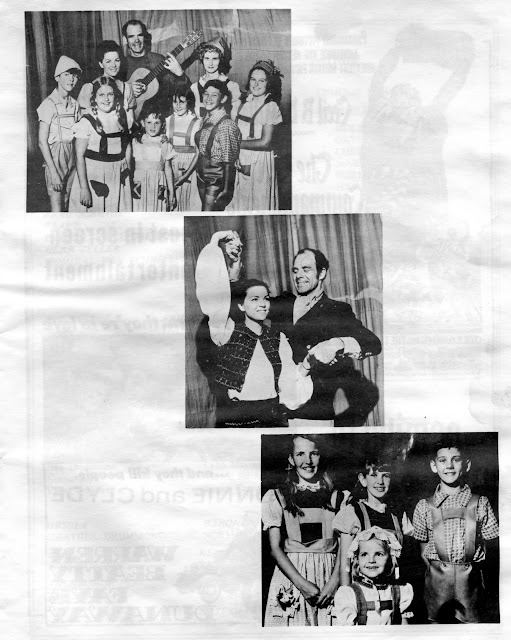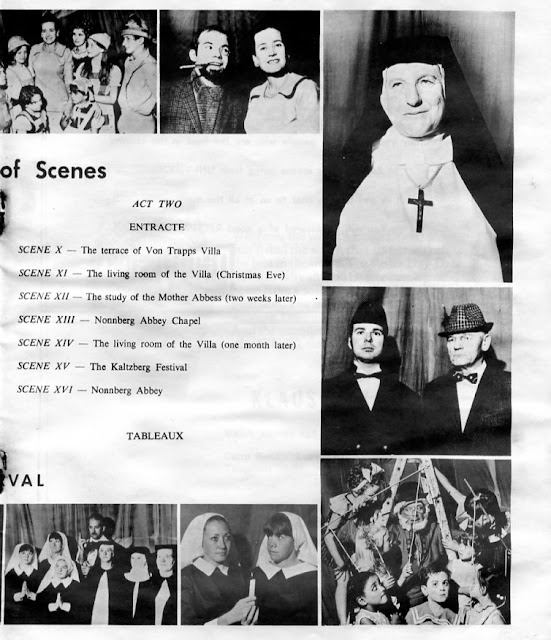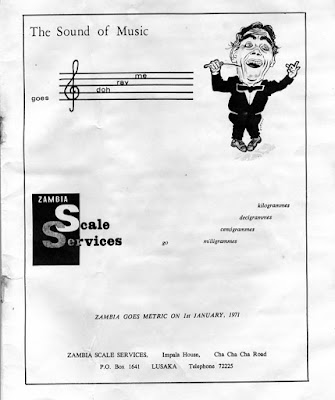Here are the other links related to this graveyard:
https://zambiabones.blogspot.co.uk/p/old-cemetery-kafue.html
 Here is a stone for Mansel Bryant, Lilian Maud, surviving spouse of William H.O. Mansel Bryant, of Pembrokeshire, Died June 19th 1942
Here is a stone for Mansel Bryant, Lilian Maud, surviving spouse of William H.O. Mansel Bryant, of Pembrokeshire, Died June 19th 1942I am guessing this is the person mentioned here http://www.archive.org/stream/rollofhonourbiog02ruvi/rollofhonourbiog02ruvi_djvu.txt
Of William and Lilian the above link says they had a son who died in Palestine (corrections to OCR )
BRYANT, FREDERICK JAMES MANSEL, 2nd Lieut. 4th (Territorial) Battn. The Welsh Regt, only son of William Hugh Owen Mansel Bryant, of Pembroke, Solicitor, by his wife. Lilian Maud, daughter of Frederick Walker, of Tenby ; b. Pembroke. 24 May. 1894; educ. at St. Andrew's, Tenby ; Clifton College, and Crystal Palace School of Engineering : obtained a commission 5 July 1915 ; served with the Egyptian Expeditionary Force from Sept. 1916, and was killed in action at Gaza, Palestine. 26 March, 1917. Buried there. Capt. F. S. Thomas Wrote : " He went into action gallantly at the head of his platoon, and led them bravely forward without flinching until hit by a Turkish bullet in the heart. No one could do more than he did, and his example was a grand one." and Lieut. J. Swire Griffiths : " He died a hero's death, and I am proud to think he was my friend ; he went into action— his first fight— as coolly and calmly as if on parade, and in the subsequent operations he was always leading and cheering his men. and upholding the best traditions of the British Army. Unm.

























